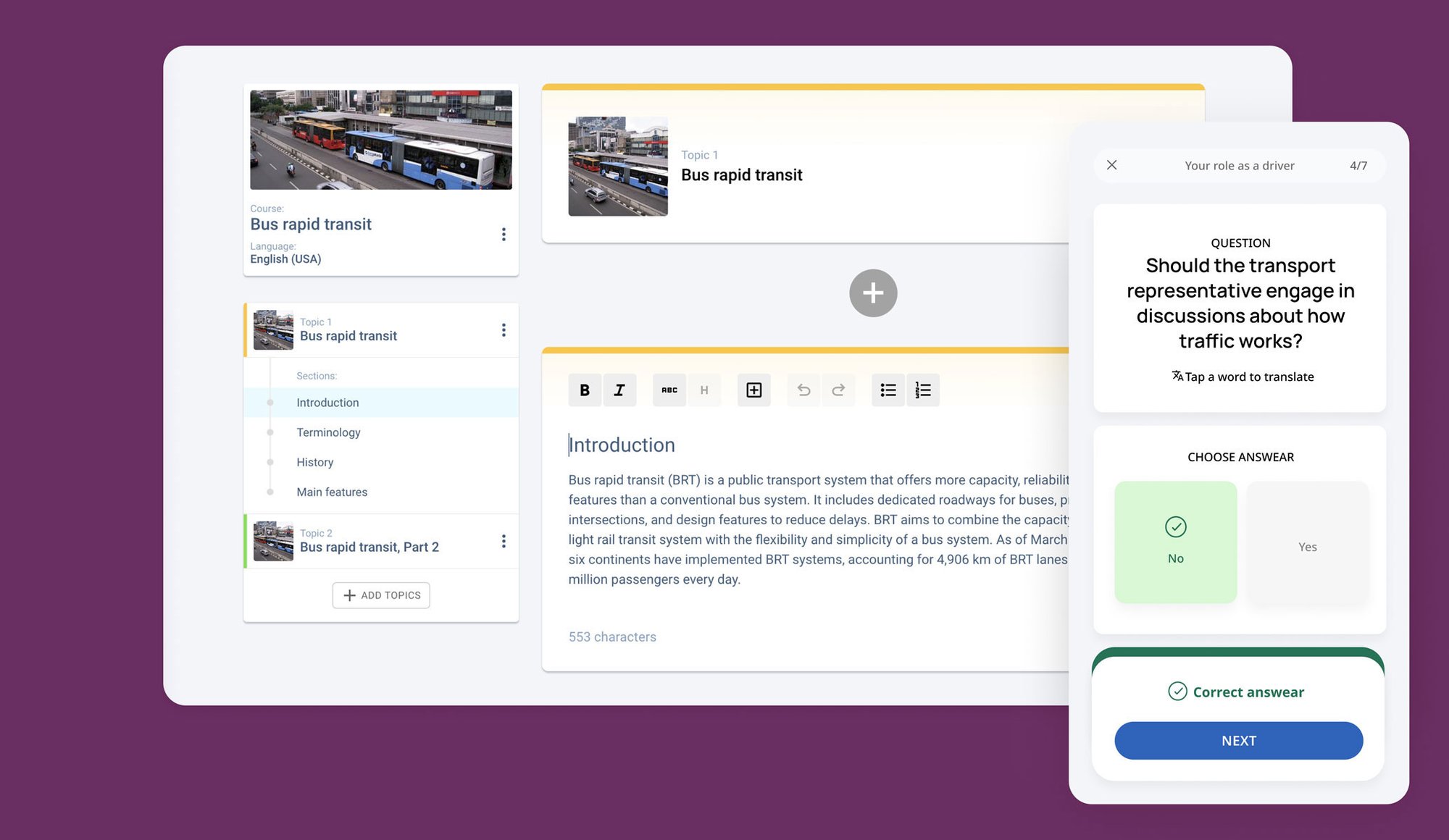Step 4: Implement translation and interpretation services
To bridge the gap between languages, consider implementing translation and interpretation services. These services can provide real-time assistance during meetings, presentations, and meaningful discussions. By providing professional interpreters or reliable translation tools, you can ensure everyone is included and understands the information being shared.
Translation and interpretation services are crucial in fostering effective communication in a diverse and multicultural environment. Professional interpreters translate words and convey the nuances, cultural differences, language and communication barriers, and emotions embedded in the language, ensuring a more accurate and meaningful exchange of ideas. Moreover, having access to reliable translation tools can enhance efficiency and accuracy in multilingual communication, reducing the risk of misunderstandings and misinterpretations.
Organisations that invest in translation and interpretation services demonstrate a commitment to inclusivity and diversity, creating a welcoming and supportive environment for employees and clients from different linguistic backgrounds. To combat language barriers in the workplace, businesses can facilitate smoother collaborations, improve customer satisfaction, and expand their reach in global markets. Embracing multilingualism enriches communication and fosters a sense of unity and understanding among individuals with diverse language preferences.



